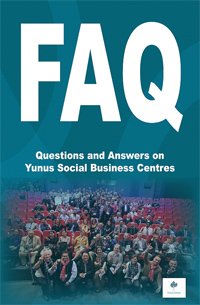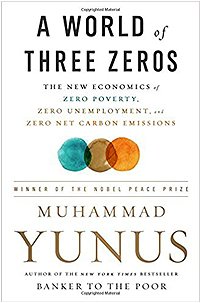Bangladeshi community a portrait of growth
TheStar.com
Danforth's Bangla Town built on immigrants' shared values, identities
If things had turned out the way artist Syed Iqbal hoped, renowned filmmaker Deepa Mehta would have attended the joint exhibition of his paintings and Rafiq Azam's architectural designs in January.
Mehta couldn't make it. But the unexpectedly high turnout, even without a celebrity buzz, overwhelmed Iqbal and Azam, an award-winning architect and fellow Bangladeshi.
The duo see the exhibit, the first by Bangladeshis to take place in Yorkville, as an emblem of their community's emerging identity. "It is a matter of prestige that our work was accepted at this gallery," says Azam, about Gallery Hittite.
"Over 150 people turned up while we were expecting 20. It was ... very encouraging," says Azam, who lives in Dhaka, but whose wife and son live in Toronto.
Iqbal, whose works are on display at the Cedar Ridge Studio Gallery until April 26, agrees.
The painter, writer and filmmaker runs a graphic design business in what now goes by the name of Bangla Town, the stretch of Danforth Ave. between Dawes Rd. and Victoria Park Ave. He has been a witness to the area's changing demographic.
"There were just two or three (Bangladeshi) grocery stores when I came here in 2002 and very few businesses owned by the community. Look around now. From money exchange to laundromats ... you find everything here," he says.
Bangladeshis are the largest ethnic group in Crescent Town – the neighbourhood north of Bangla Town –accounting for more than 24 per cent of the population, up from 18 per cent in the 2001 census.
"I remember the time when I had to place an order for green chilies in grocery stores here," says Sabi Ahmed who started Bengali bookstore Anyamela. "And now, I get hilsha fish, a specialty from Bangladesh's famous Padma River, and even sweets and snacks from back home. No one anticipated the community would grow so much."
 Ahmed also runs a driving school and says new immigrants in Bangla Town prefer Bangladeshi instructors because "we speak the same language, share the same background and are willing to go that extra mile by offering suggestions on housing, school, health care, jobs" and service organizations.
When Dilara Quadir arrived in Canada with her husband and three children in the '70s, South Asian grocery stores didn't exist in the predominantly white GTA and a few families made up the Bangladesh Association. She also recalls racial epithets hurled at South Asians.
When her son, Asif Quadir, went to University of Ottawa in the '90s, he and an Indian student were the only South Asians studying law.
Now he sees more South Asians in the law school, where he mentors and youngsters of Bangladeshi origin nudging their way up the business, consulting and accounting ladders.
With numbers estimated at 40,000, this community might be a small drop in GTA's half-a-million-strong South Asian population but it is making its presence felt by retaining its unique character.
Realtor Shakti Deb says, "We take great pride in our language. Unlike our South Asian neighbours, we have a common language and that binds us. Our literature and poetry are great unifiers."
Outside Crescent Town, there are major pockets of Bangladeshis in Regent Park, the Eglinton Ave. and Markham Rd. area, says Sutama Ghosh, assistant professor of geography at Ryerson University.
The spurt in numbers has been accompanied by changing profiles. "The first wave of Bangladeshis arrived as refugees after the 1971 war of liberation from Pakistan," says Iqbal. Since the '90s, skilled immigrants are making Canada home.
Ghosh, who has researched the community extensively, says, "New immigrants are much younger and are more educated." Bangladeshis likely cluster in Bangla Town because of its services, including Qur'an classes in Bengali, she says. "There is a feeling of community."
Afroza Akhter, an independent consultant who also works with Bangladeshi-Canadian Community Services in Crescent Town, says the community "is definitely getting a signature of its own."
Nevertheless unflattering, perceptions persist. She is often asked if she is from "that poor country often gripped by floods." She responds: "And home to a Nobel Prize winner, Muhammad Yunus."
"If we are assertive and clarify the picture, perceptions will change," Akhter says.
Link: http://www.thestar.com/News/GTA/article/617473


